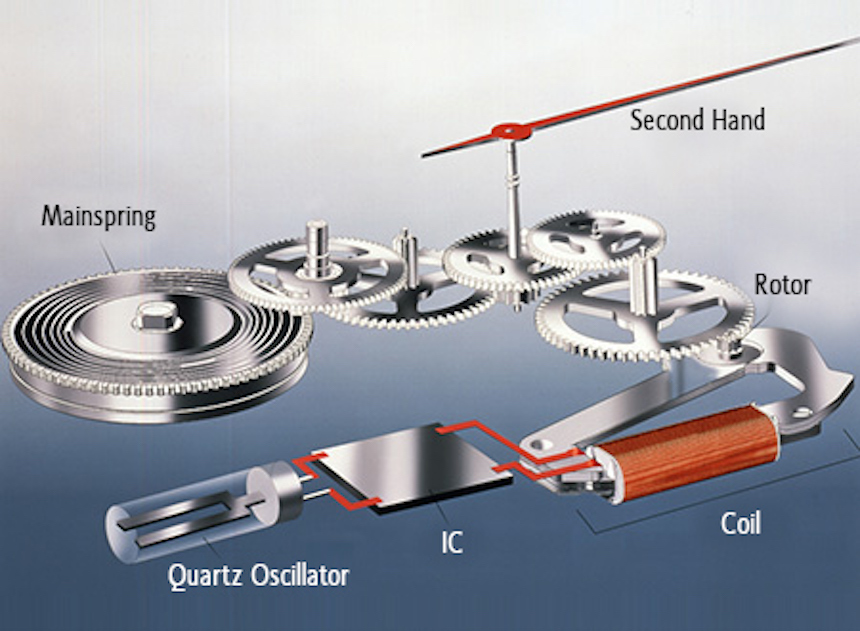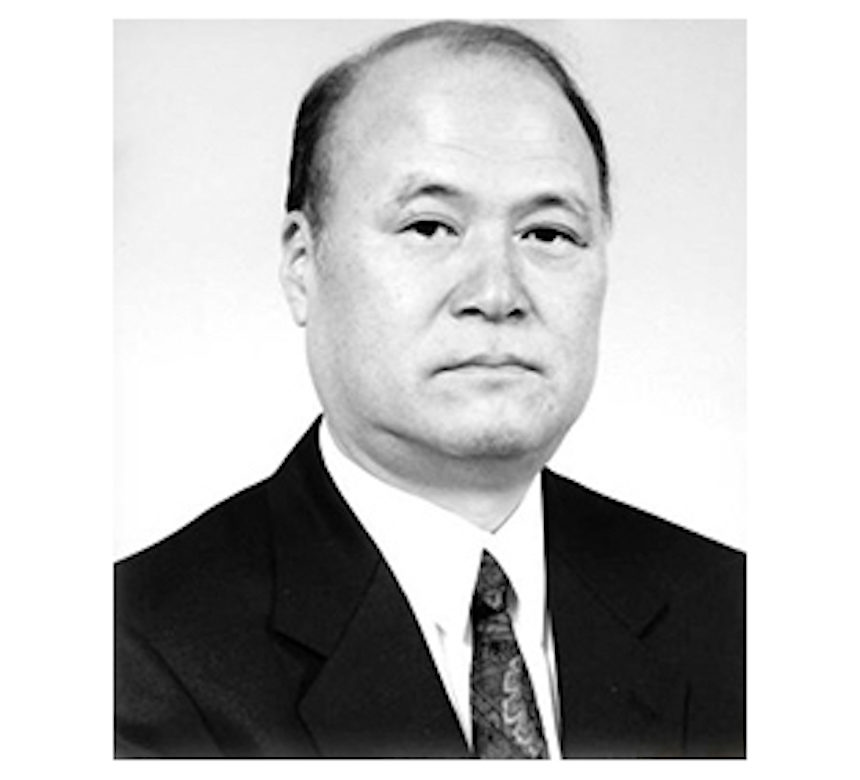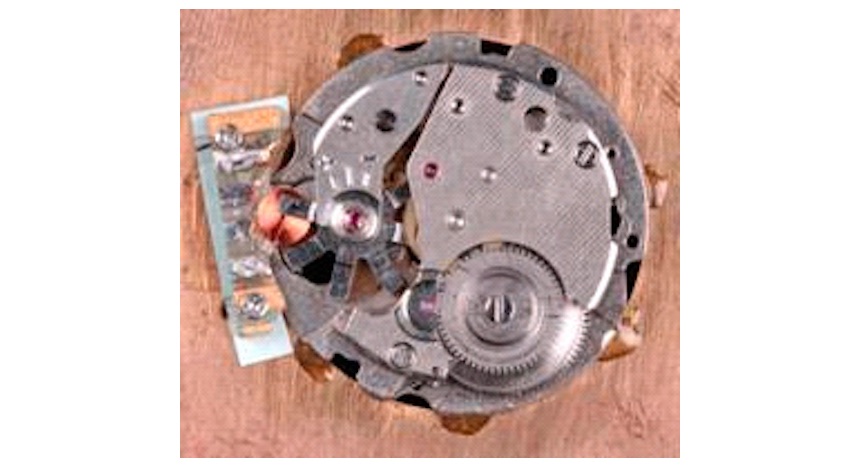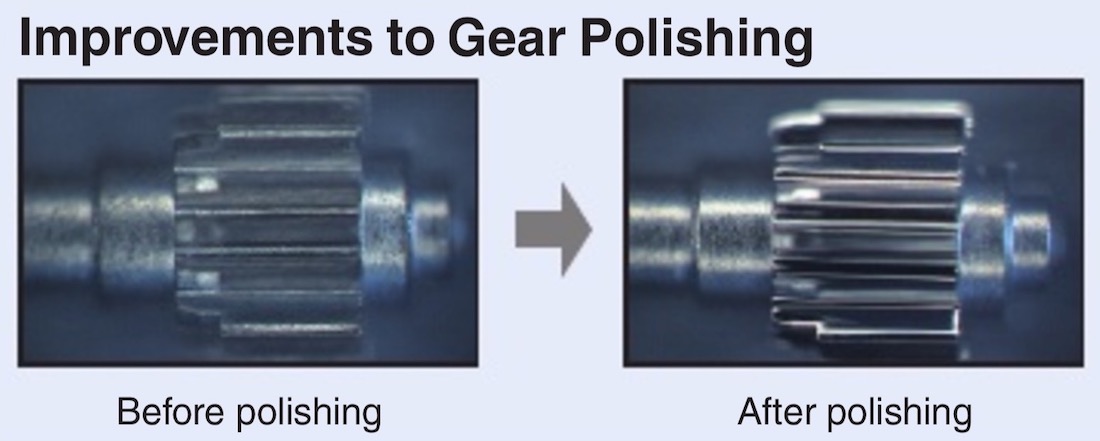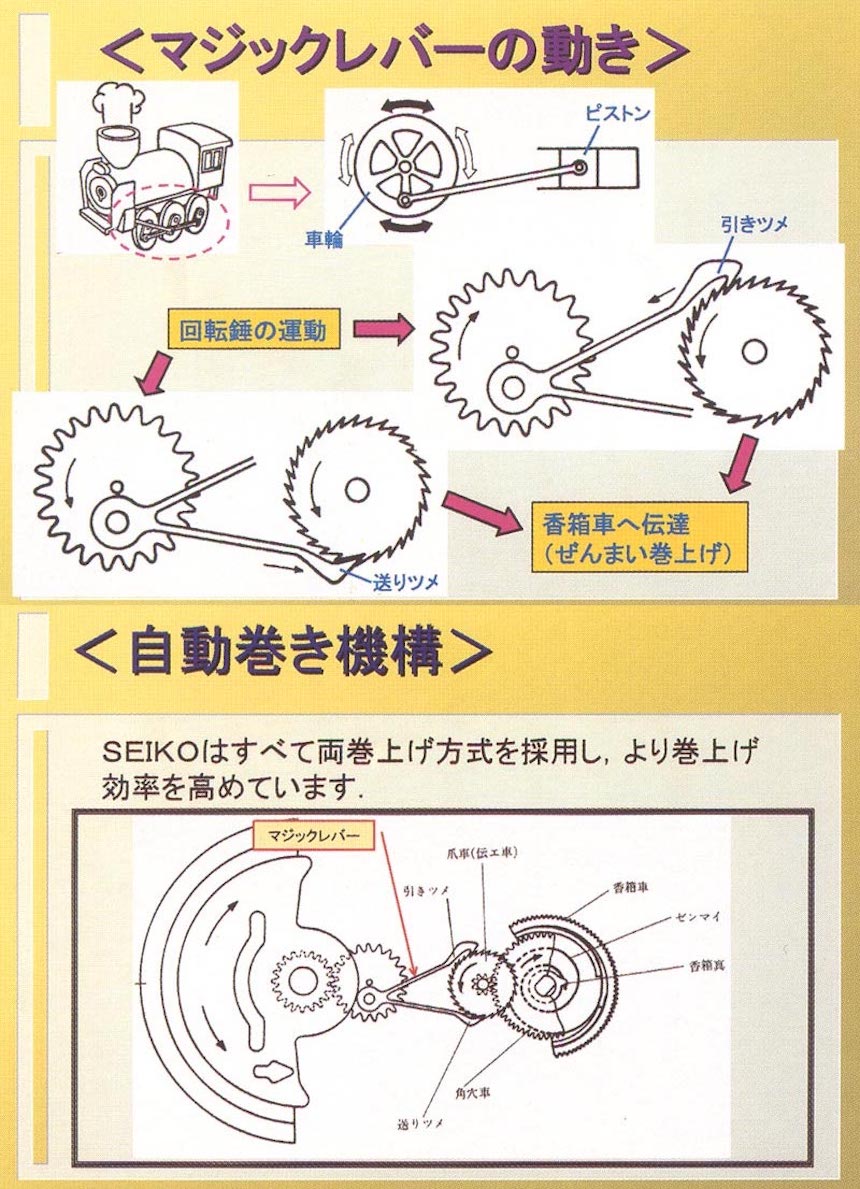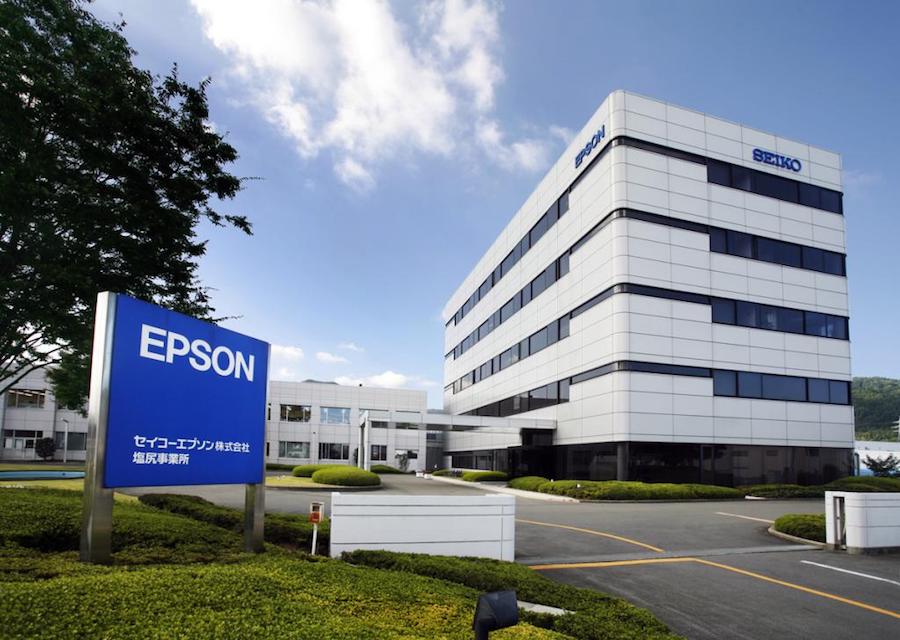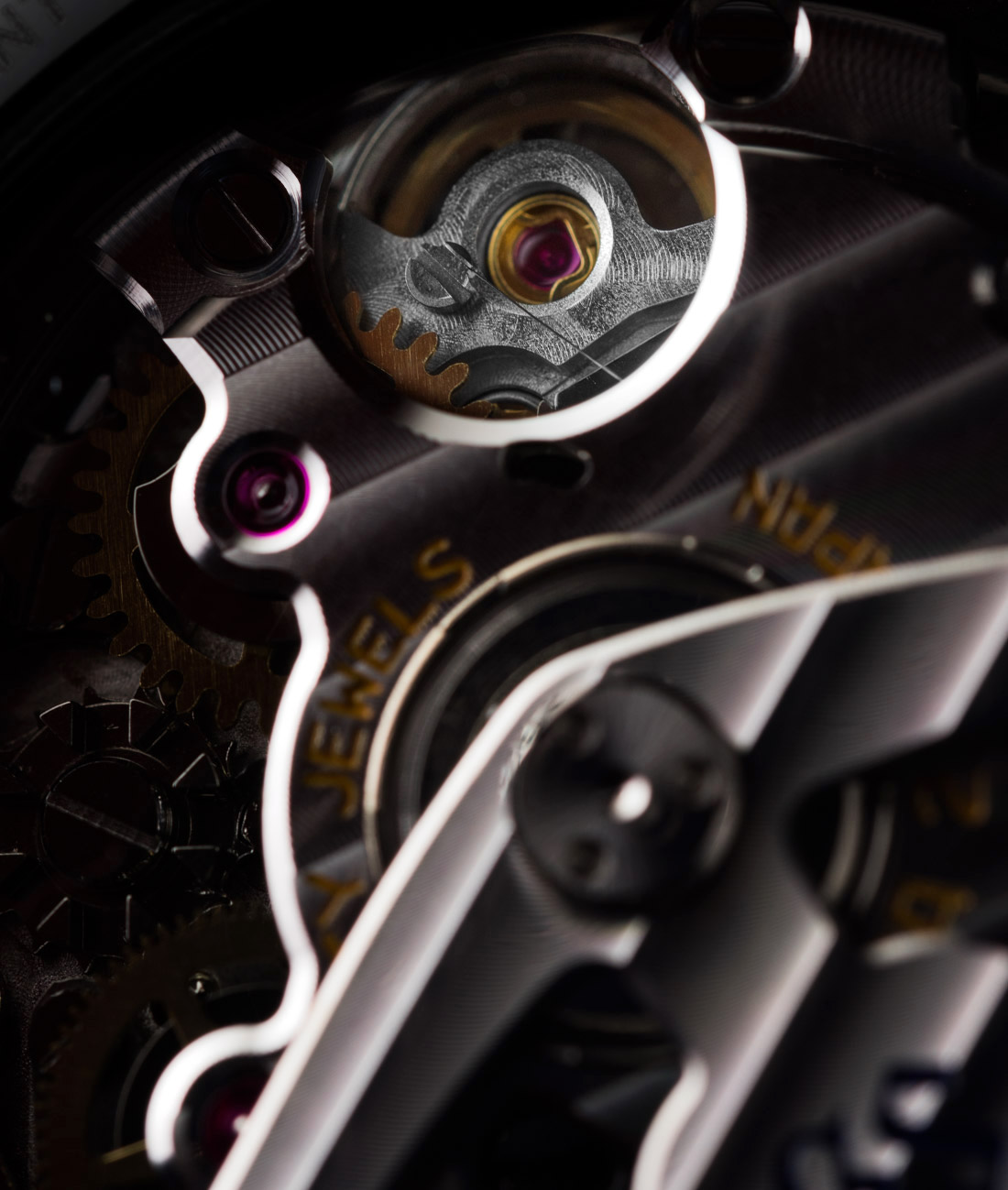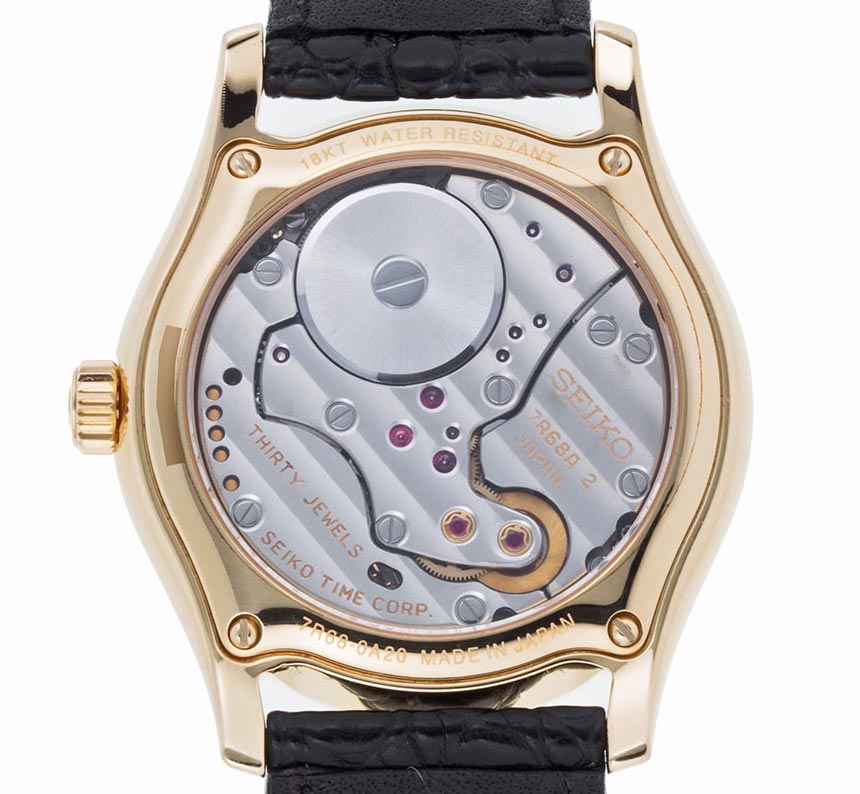
History Of The Spring Drive
Seiko launched the Astron, the first commercialized quartz watch, in 1969. Soon enough, mass produced quartz watches had an accuracy of +/-1 seconds per day, and not much later, they were as perfect as +/-5 seconds per year (that is less than half a second per month).
It happened long before this, in 1913, that Seiko produced their first mechanical watch… and it was just a matter of time for a mastermind at the company to try and merge these two highly polarizing worlds of mechanical and electronic watches. You get where I’m going: the end result is going to be the Seiko Spring Drive, a movement concept not to be confused with Seiko’s Kinetic and other mechanically charged, but quartz- and stepper motor-operated movements. To be clear, there is no battery, nor any motor inside the Seiko Spring Drive (more details on page 1).
But, hey, let’s not get ahead of ourselves. It was in 1977 – yes, 40 years ago (and, mind you, about the same time that many today famed Swiss brands busied themselves figuring out how to masterfully overcharge for the brilliant concept of a “steel luxury watch”) – that Seiko’s young watchmaker and scientist, Yoshikazu Akahane had a brainwave and set off to try and create a mechanical watch, regulated by some sort of an integrated electronic device.
Akahane-san joined Seiko in 1971 and was engaged in the development of batteries for quartz watches. One of his main projects, Seiko says, was “Twin Quartz,” a watch set with a second quartz oscillator to correct errors of the first quartz oscillator caused by temperature fluctuations. This, by the way, was what helped the Twin Quartz reach that aforementioned accuracy of +/-5 seconds per year.
It was soon after this that Akahane developed his idea of a “Quartz Lock” to correct errors of a mechanical watch using a standard quartz watch device somehow built into it. He ended up realizing this idea by adopting a method developed to correct the precision of the Twin Quartz – but more on that later.
It took five years until the first prototype was born in 1982 – and here we’ll note that Akahane-san reportedly was working mostly alone in his after hours during the first few years, as things originally started out as his personal idea and turned into a corporate-funded project only later on. Around 1982, Suwa Seikosha’s product developers were dedicated to realizing big developments related to energy: solar power generation and “manual winding” (that’s Seiko’s term here for mechanical winding that includes automatic winding, and not be confused with only crown-winding) power generation.
In 1982, Akahane had turned up at the company’s busy Development and Design Department and, Seiko reports, “enthusiastically explained the principle of the ‘Quartz Lock.’” Akahane and his team made an experimental model to verify the principle of the Quartz Lock and the prototype worked for four hours. This meant that the idea itself had merit but also that energy consumption had to be reduced to a tenth to achieve practical use…
…However, in the same year, Seiko’s development team gave up on the project as they foresaw no prospects of success, no matter how hard or long they worked on trying to bring the Spring Drive to achieve Seiko’s then-goal of 48 hours of power reserve. The key problem was the IC consuming way too much energy. At this point, it required nearly 100 times more energy to run the IC than the final product ended up needing. Consequently, the project was suspended and not picked up again until over a full decade later, in 1993.
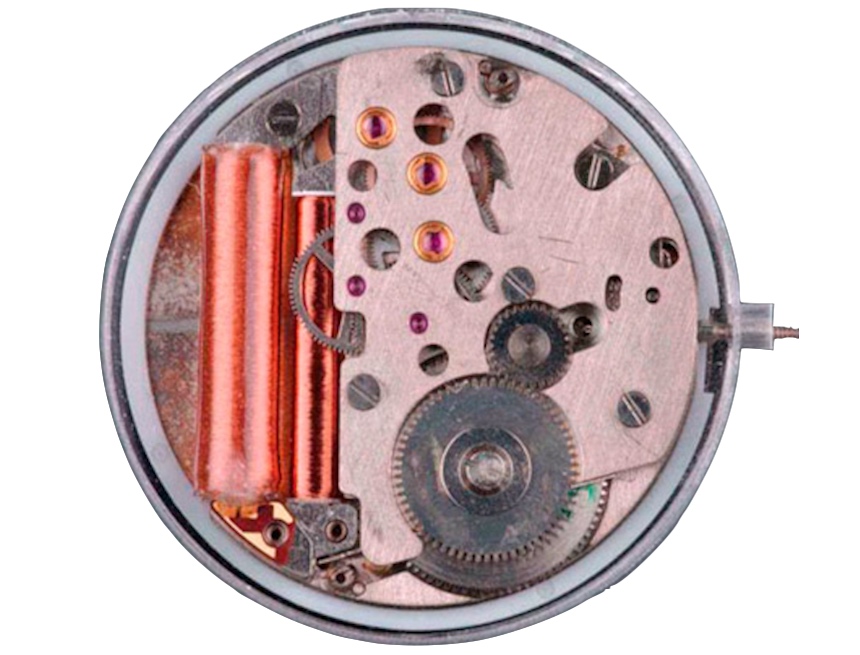
In the following years, now with the full support of Seiko corporate and thanks to more energy-efficient ICs finally available, more refined and efficient prototypes followed in 1993 and then in 1997 (between ’93 and ’97 Seiko had suspended the project a second time), only to see the debut of the Spring Drive technology at the 1998 Basel Fair. The very first time that Seiko publicized anything about its Spring Drive technology was a whopping 20 years after Akahane-san’s idea, in 1997, when Seiko first described the Spring Drive technology in the Journal of the Swiss Society for Chronometry. Presumably, they felt very safe about the Swiss never even attempting to create anything as advanced as this new movement – and, in hindsight, their assumption was correct.
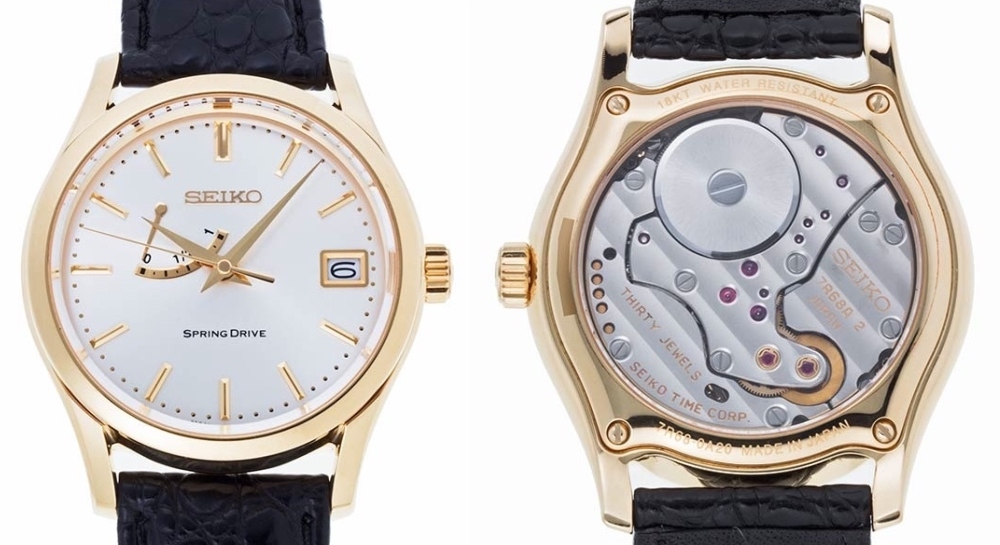
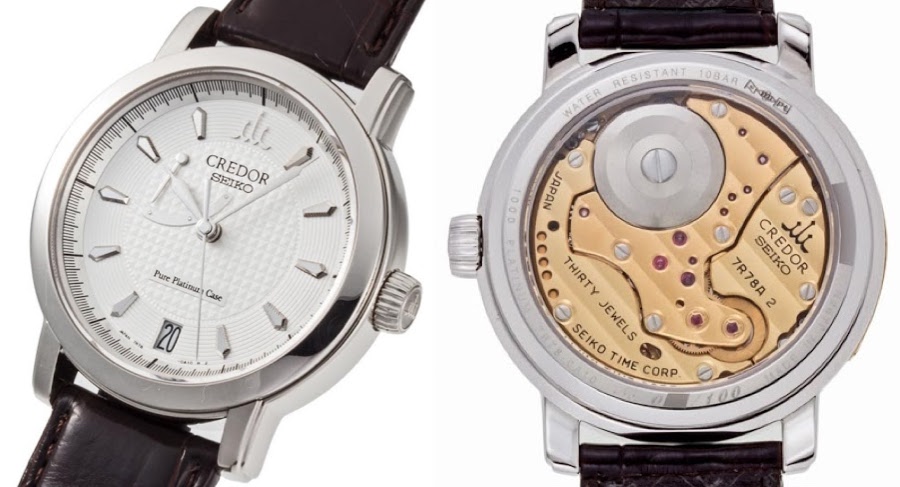
The first Spring Drive watches ever made, JDM only: the simply epic, pure platinum Credor GBLG999 and the beautiful Seiko SBWA002 in 18k gold. A more modern-looking steel option was also available with the Seiko SBWA001.
Reaching the 48-hour power reserve by ’98 was a huge milestone for Seiko and Spring Drive technology and – before the global market launch of Spring Drive-equipped watches happened – Seiko celebrated it by producing some JDM (Japanese domestic market only) hand-wound versions from 1998. Sadly, it was also in this year that the father of Spring Drive, Akahane-san, passed away at the age of 52.
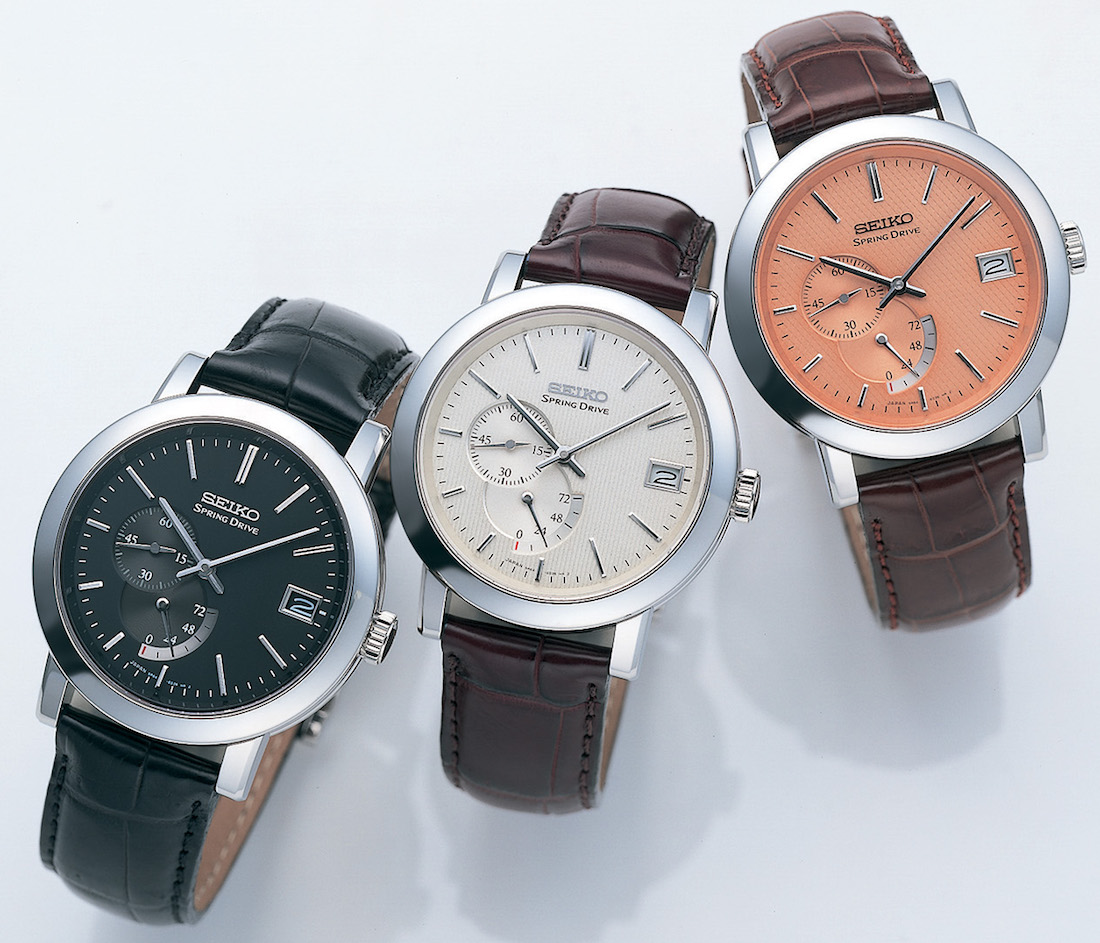
Bringing Spring Drive to the world: the sub-seconds version of the debut Seiko Spring Drive automatic watches from 2005, left to right, references SNS005, SNS001, SNS003. Source: Seiko
Thankfully, Seiko was adamant about keeping the project going and went on to create the first automatic Spring Drive prototype in 1999, the second in 2001, the third prototype in 2003 and then, at last, in 2005, debuted the Seiko Spring Drive automatic caliber 5R64/5R65 and with it the first Seiko Spring Drive watches admittedly produced to help the brand enter the high-end segments of watches outside of Japan.
There are several reasons it took Seiko some 28 years, a total of over 600 prototypes, and 230 patents to bring the Spring Drive technology to the global market. Some of the reasons for this had to do with necessary technological advancements to allow for Spring Drive to even work, and some of it was related to Seiko’s high (even by today’s standards) expectations of how the movement should perform.
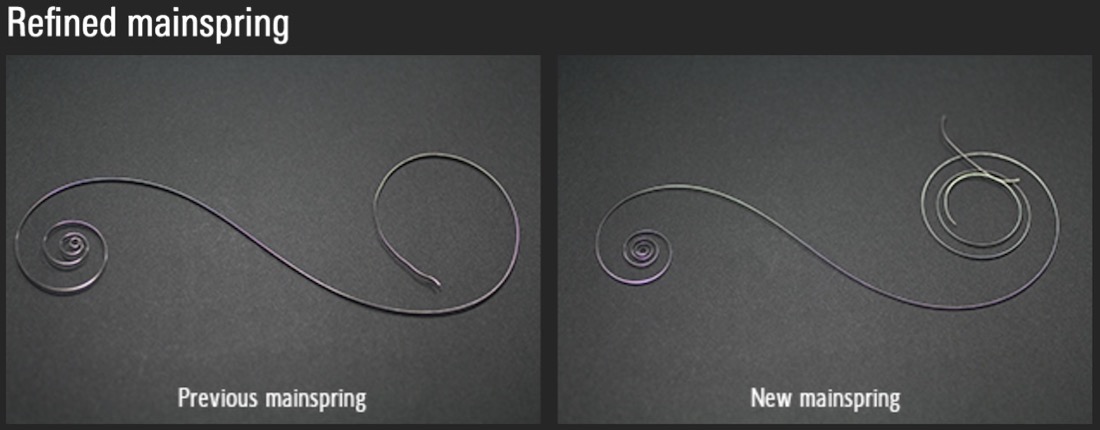
As we noted, one of the impressive prerequisites for the Spring Drive was to provide a 72-hour power reserve – exceptions being the JDM-only hand-wound pieces sold in the late ’90s and early ’00s in Japan, which lasted 48 hours. The globally launched Spring Drive pieces, Seiko decided, had to offer 72 hours, or three days, because Seiko admittedly wanted these watches to last a full weekend – if you take them off on Friday night, they must still be running and keeping accurate time on Monday.
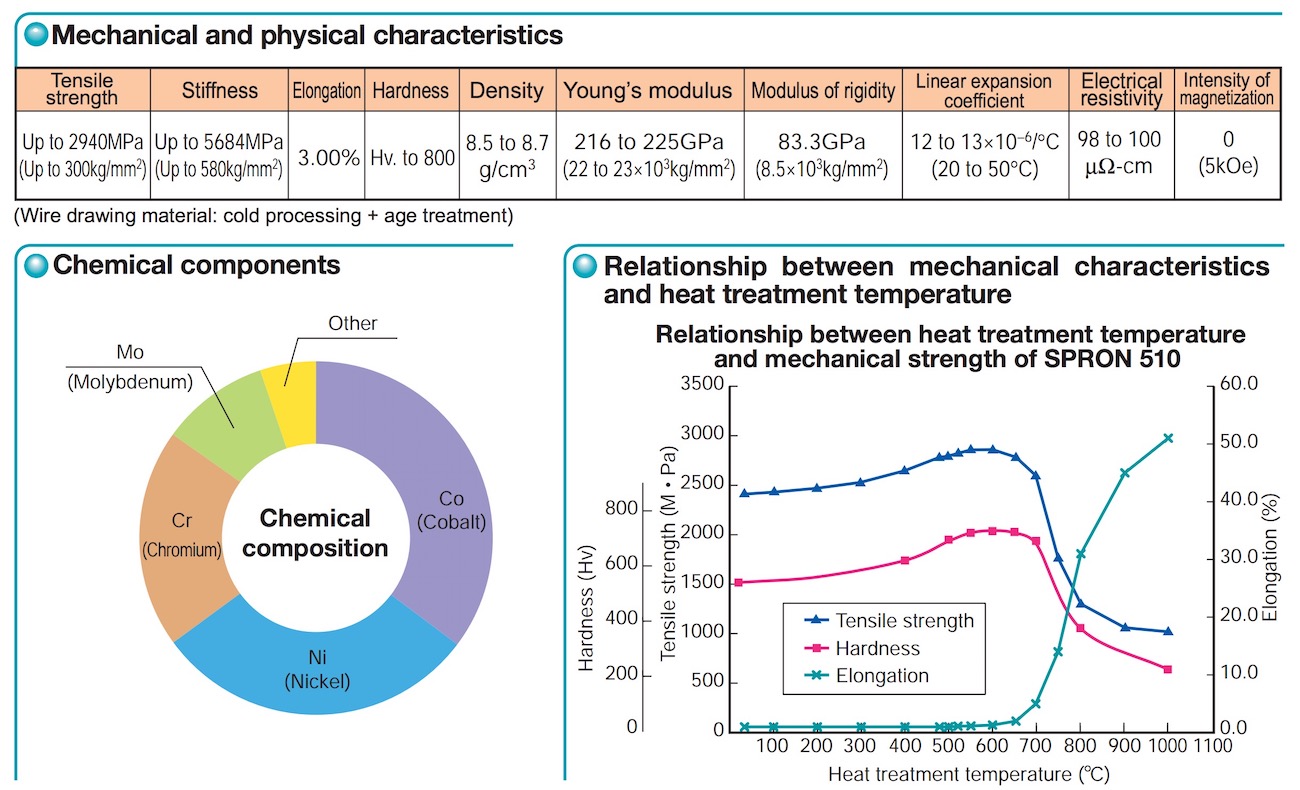
Here’s your once-in-a-lifetime chance to nerd the heck out over watch mainspring technical details! Spron 510, Source: Seiko
To achieve this feat, first Seiko saw about adding more juice to the movement and created a new, more “powerful” mainspring alloy called Spron 510. It is an alloy of Cobalt, Nickel, Chromium, a pinch of Molybdenum, and some other material Seiko won’t tell us – or anyone else. This new spring has higher elasticity and durability, allowing it to deliver more torque and supply a longer power reserve. Then, Seiko went a step further, as far as to develop a special high-polish finishing for movement parts where, on the hitherto less refined parts inefficient traction accounted for lost hours of power reserve.
Last, Seiko incorporated their “Magic Lever” bi-directional automatic winding system into the first Spring Drive automatics (and this technology has remained part of them since) that launched in 2005. I’ll talk about the efficiency of this winding system in the review – but it’s not a total spoiler to say that it is quite remarkable.
As you can see from the charts above, the Magic Lever is a remarkably simple and hence ingenious bi-directional winding system that Seiko originally debuted in 1959 – long before the idea of the Spring Drive was born. If it reminds you of something, don’t be scratching your head any longer: the basic principle is similar to the Pellaton automatic winding system patented and developed by Albert Pellaton in 1946, then-technical director at IWC.
The backbone of the Magic Lever is a cleverly designed lever that, depending on the direction of the rotation of the automatic winding rotor, either pulls or pushes on a wheel with ratchet teeth. The reason this system works so well is that even the slightest movement of the rotor (in either direction) results in winding the mainspring. With other bi-directional (and especially unidirectional) winding systems there is a considerable play that keeps the mechanism from winding the mainspring a very high percentage of the time due to inefficient transmission design and play between the parts.
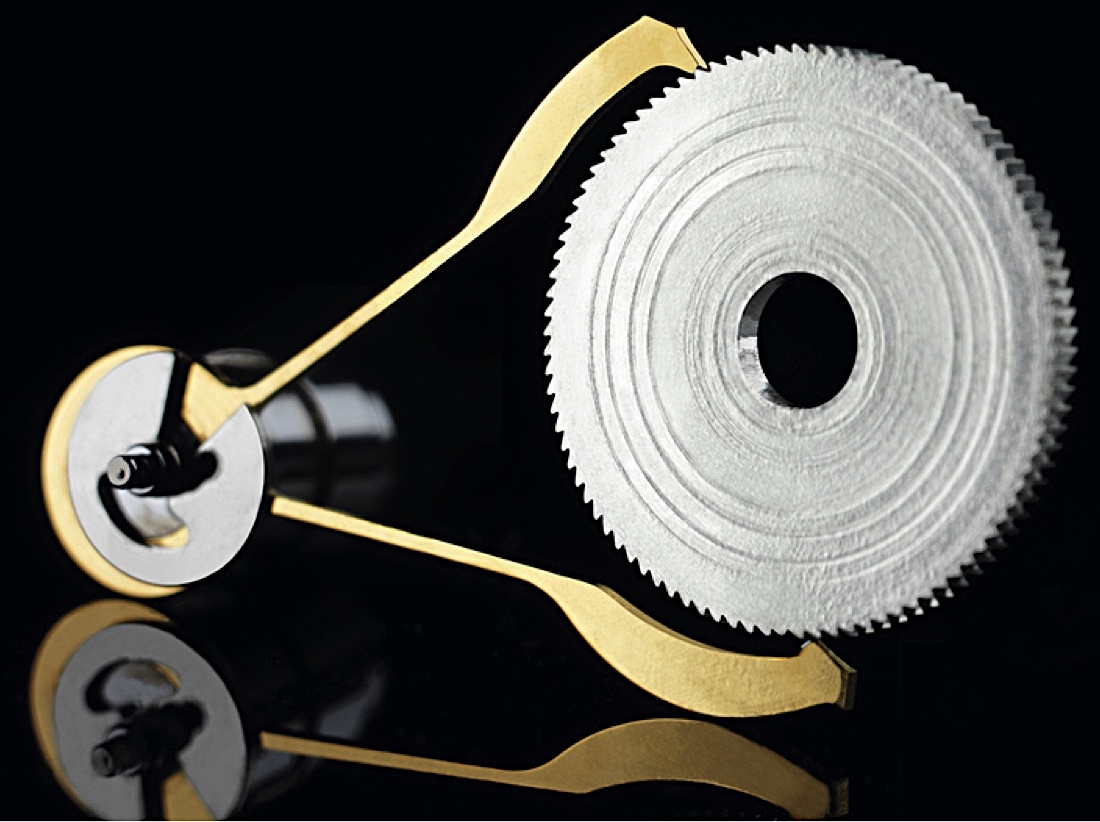
The Magic Lever automatic winding mechanism. Source. Seiko
All in all, the key difference between the Magic Lever system (which, by the way, has been recently and quietly adopted by a number of Swiss brands, like Panerai in their P.9000, Cartier in their 1904MC, and TAG Heuer in the 1887) and the Pellaton design that you can to this date find in some in-house movements by IWC is how much simpler the former is. The Pellaton system’s lever-design rightly serves as the basis of the Magic Lever, but Seiko’s solution is so durable and easy to make that they have even been fitting it to some highly affordable Seiko 5 watches.
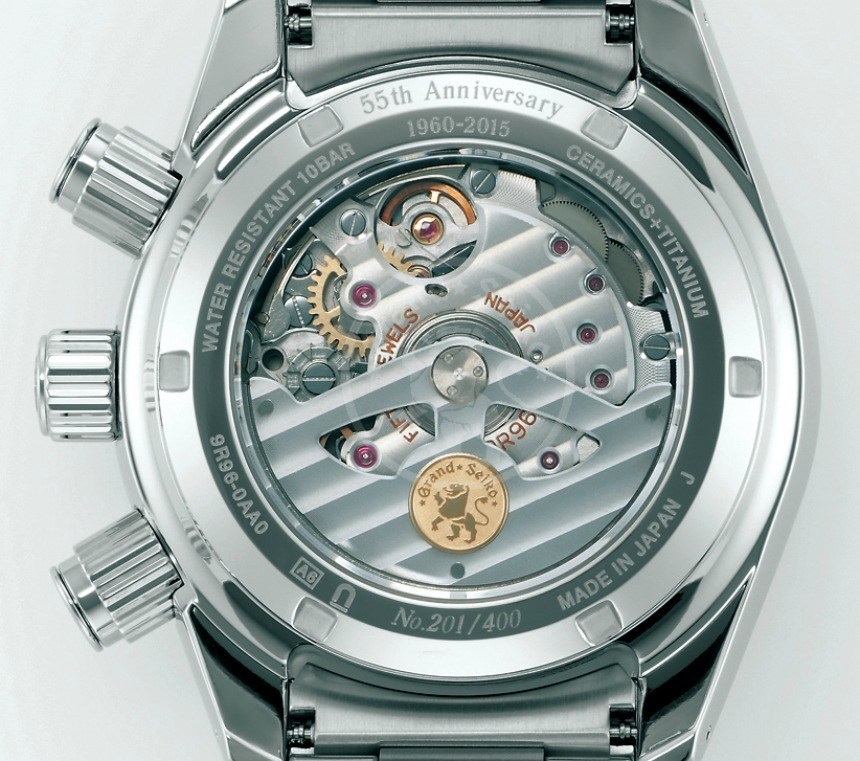
Power generation, then, has been taken care of, and so the next great challenge was to use this energy efficiently and wisely to power the “brains” of the Spring Drive movement. Let’s see how Seiko solved the challenge of adding a tiny computer into a mechanical device whose only supply of energy is a wound spring.
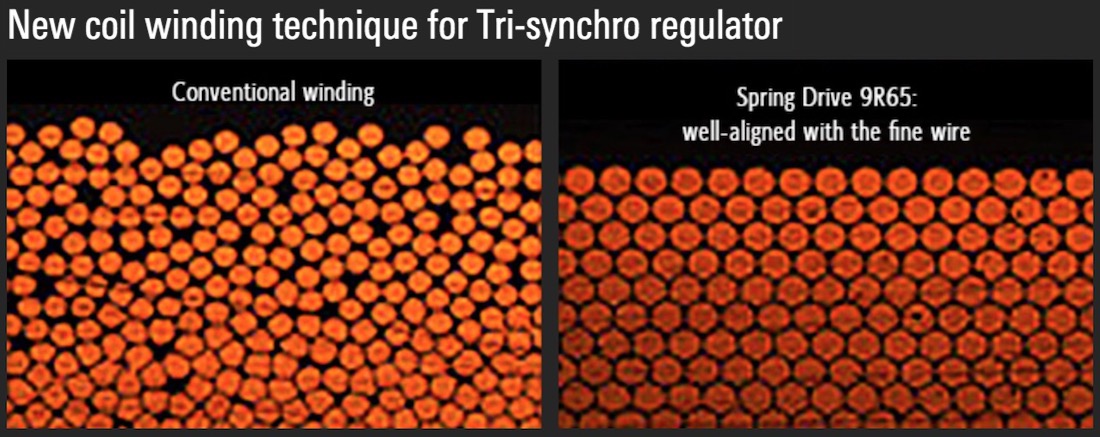
The “brains” are powered through the rotor (again, the balance-wheel replacement) at the end of the gear train spinning and charging a coil. Seiko had to develop and perfect the construction of this coil to make it as efficient as possible (both in terms of use of space and generation of energy): the wire in the coil is 15 microns thick (that’s 0.015 millimeters or six-thousandth of an inch), which is then coiled 25,000 times and layered 18 times to create a block.
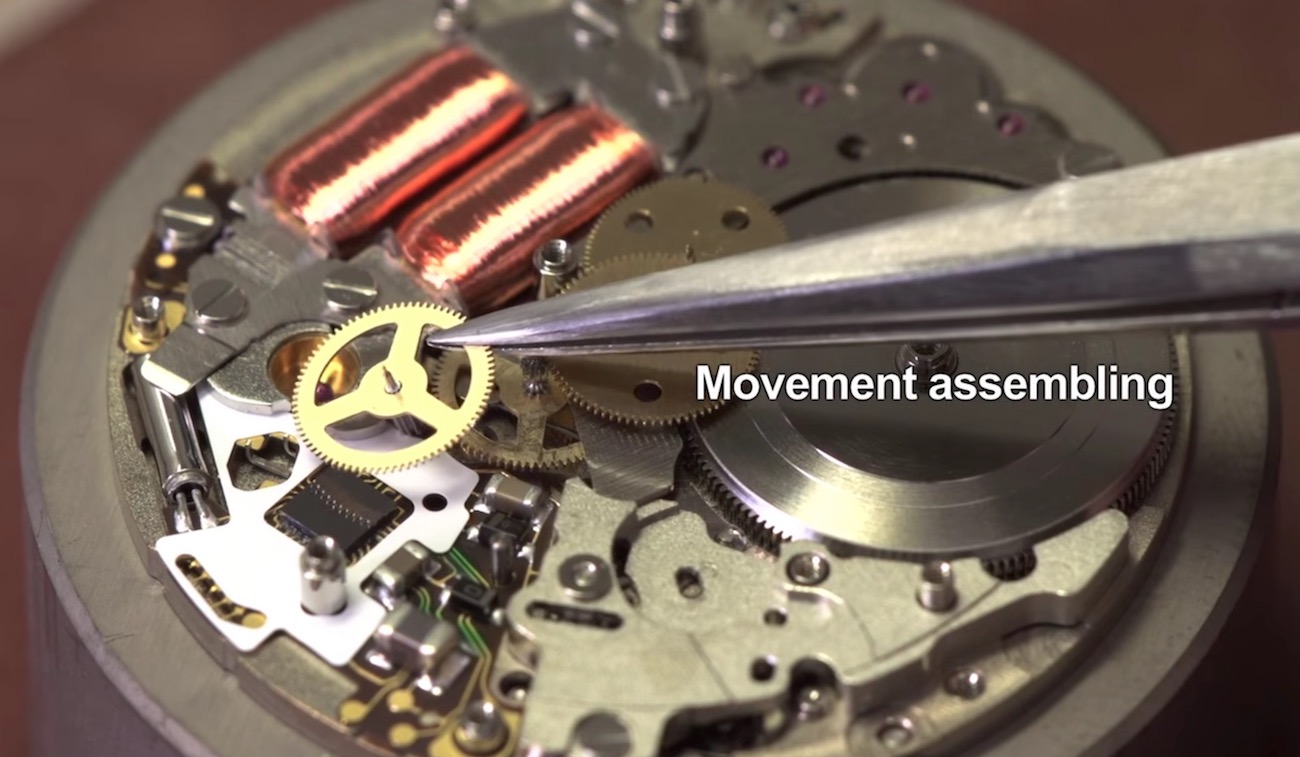
From right to left: Mainspring, gear train, below it with a white frame is the IC, to the far left the quartz oscillator and on top are the two large coils. A spring driven computer.
No matter how smart the power generation is, if the energy is then supplied to an inefficient IC (which Seiko refers to as both an Integrated Chip and Integrated Circuit), it will drain too much power and cannot run consistently. It took Seiko and Epson (which is part of Seiko) decades of research into low-power ICs to be able to finally produce something that would make the realization of Spring Drive possible.
Seiko Epson is part of Seiko Group (the other two major members of the Group are Seiko Holdings Corporation and Seiko Instruments Inc.) and it is a developer, manufacturer, and seller of information equipment with over 73,000 employees and some $6.2 billion of market capital. In other words, Epson, a Tokyo-based company, is one of the three branches of the Seiko Group and is, in fact, noted among the manufacturers of Seiko watch movements (along with SII, Seiko Instruments Inc.).
All this corporate nonsense is here to clarify the vast resources both in finance and in know-how that Seiko had to rely on in the process of developing the necessary technologies for Spring Drive’s brains. This is a good time to mention that Grand Seiko Spring Drive watches are some of the few timepieces in the world that are truly made 100% in-house (no ifs, buts, or fine print included, as is the case so much of the time).
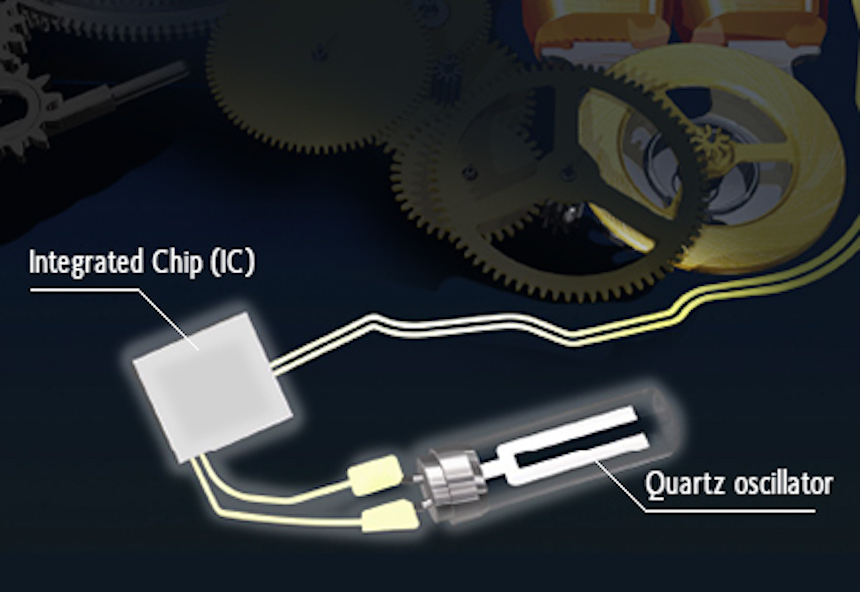
The IC used in today’s Spring Drive watches, as we mentioned above, is about 100 times more efficient than the one in the prototypes from the late ’80s and early ’90s. By inserting a thin layer of silicon oxide film between an MOS-IC and a silicon substrate, the resulting ultra-low-voltage, low-power circuit is so efficient that it consumes only 25 nanowatts of energy – which is twenty-five thousand-millionths of a watt. To give you a better idea of how little energy this IC set in the bowels of the Spring Drive movement requires, imagine this: if all seven billion inhabitants on Earth wore a Spring Drive watch, their total power consumption would be just 175 watts – equivalent to the power needs of a $15 lightbulb. In other words, the integrated chip requires 1/300,000,000th as much energy as an LED light does.
Summary
Once you add together all these huge leaps – and all the incremental steps – in development that the masterminds at Seiko and Seiko Epson achieved, what you end up with, without a shadow of a doubt, is the most advanced mass-produced mechanical, non-battery-powered movement today. Stay tuned for our review of the Grand Seiko Spring Drive Chronograph SBGC001 coming up tomorrow. seikowatches.com

